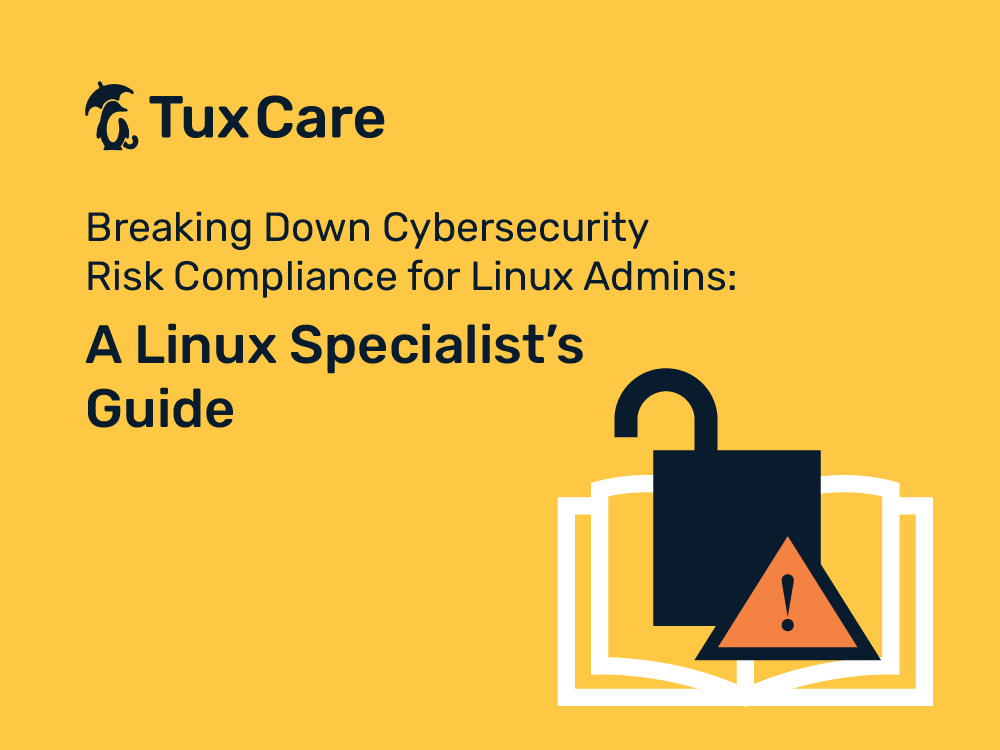Breaking Down Cybersecurity Risk Compliance for Linux Admins: A Linux Specialist’s Guide
As IT environments continue to grow in complexity, the need to maintain compliance becomes ever more crucial, particularly in the realm of cybersecurity. This is especially true for Linux admins, who often oversee servers hosting vital services and sensitive data. A primary concern for these administrators is cybersecurity risk compliance – a broad term encompassing the security measures, policies, and regulations that govern the operation of an IT infrastructure.
Let’s take a detailed look at this important aspect of modern digital management.
What is Cybersecurity Risk Compliance?
Cybersecurity risk compliance refers to an organization’s adherence to laws, regulations, and internal standards in the realm of cybersecurity. This may include standards such as the ISO/IEC 27001 for information security management or regulations such as the General Data Protection Regulation (GDPR) in the EU, among others.
Cybersecurity risk compliance can be a daunting task for Linux admins, particularly due to the open-source nature of the platform, which can sometimes make it harder to enforce uniform security measures. However, with careful planning, understanding of the risks involved, and use of specialized tools and services, Linux admins can achieve and maintain a high level of compliance.
The Importance of Cybersecurity Risk Compliance for Linux Admins
Cybersecurity risk compliance is crucial for any organization, but particularly so for Linux admins. Linux is widely used in servers due to its robustness, flexibility, and cost effectiveness. However, these benefits come with responsibilities. Admins need to manage various components – from the Linux kernel to various applications – which can be a source of security vulnerabilities if not properly managed.
Non-compliance with cybersecurity regulations can result in substantial fines, lawsuits, and reputational damage. Therefore, maintaining risk compliance is an integral part of an organization’s cybersecurity strategy.
Key Components of Cybersecurity Risk Compliance
What are the core aspects of a cybersecurity risk compliance strategy?
- Risk Assessment: Understanding potential risks is the first step towards risk compliance. Linux admins should regularly conduct risk assessments to identify vulnerabilities in the system and take necessary action.
- Policy Implementation: The organization should have comprehensive cybersecurity policies in place. These policies should cover data protection, access control, disaster recovery, and more.
- Regular Audits: Regular audits ensure that the system remains compliant over time. They identify deviations from established policies and rectify them promptly.
- Continuous Training: Staying on top of the latest cybersecurity trends and threats is vital. Admins should be encouraged to undergo continuous training and certification programs.
- Incident Response Plan: A robust incident response plan ensures the organization can react swiftly and effectively to security breaches, thus mitigating their potential damage.
The Role of Linux-Specific Tools
There are various Linux-specific tools that can help maintain cybersecurity risk compliance. SELinux (Security-Enhanced Linux) for Red Hat-based Linux distributions or AppArmor for Debian-based Linux distributions, for example, both offer robust access control mechanisms.
Another valuable tool is OpenSCAP, an open-source tool for assessing compliance with security policies. OpenScap can leverage information provided in OVAL feeds to ensure that the system maintains a strict adherence to secure versions of installed packages.
Furthermore, penetration testing, vulnerability scanning and monitoring tools are available for multiple distributions, and offer verifiable and reproducible audits for compliance and security needs. In fact, whenever new tools are brought into the infrastructure, care should be taken to ensure that the new tools “play well” together with the existing solutions.
In addition, there are numerous Linux server maintenance services available that can provide critical support in maintaining risk compliance. These services can handle tasks such as system updates, vulnerability management, and security patching, thus reducing the burden on Linux admins.
Staying Ahead: The Future of Cybersecurity Risk Compliance
Future trends suggest a shift towards greater automation in compliance management. AI and machine learning technologies are beginning to play a significant role in risk identification and mitigation. Linux admins will need to stay up to date with these developments and incorporate them into their compliance strategies.
Final Thoughts
As Linux continues to be a mainstay of IT infrastructures worldwide, the role of Linux admins in maintaining cybersecurity risk compliance becomes increasingly crucial. Through comprehensive risk assessments, diligent policy implementation, regular audits, continuous training, and the use of Linux-specific tools and services, admins can navigate the challenges of risk compliance.
The future may bring additional challenges and opportunities, but with a proactive and informed approach, Linux admins can ensure that their systems remain secure, reliable, and compliant.



 Documentation
Documentation Login
Login



